At Beat Goes On, we are often asked to use body percussion as a vehicle for cross-curricular teaching. It’s easy to see why – music can present familiar topics in a new and memorable way. This improves the chance that children will retain both the subject matter and the musical ideas.
In short, cross-curricular teaching is a win-win for teachers.
So it makes sense that schools are looking to combine music with literacy. The Beat Goes On team is consistently impressed with Pie Corbett’s work in this area, so we got in touch with him to see what gems of cross-curricular wisdom he could share.
Who are you and what do you do?
All my working life, I have been involved in teaching – as a teacher, headteacher, inspector and teacher trainer. I now run a consultancy called ‘Talk for Writing’ and we work with schools around the world, developing children’s writing and reading.
We have 15 trainers and 15 training schools where teachers can visit to see what ‘talk for writing’ looks like in action. You can join our network for free and see what we do.
What makes great literacy teaching?
We know when children have been taught well because almost every child learns to read and write – no matter where they come from or their background. Not only do the children perform well in government tests but they also love reading and writing with a passion!
They have the skills, knowledge and enthusiasm for a lifelong joy of reading and writing. Great teaching will also help children to become confident and articulate speakers so that they can form good relationships and contribute to society.
What are the benefits of good cross-curricular teaching for literacy?
The skills and understandings that children learn in their English lessons should be applied across the curriculum so that they can find out information and communicate their learning to others.
This also works the other way round – knowing a lot about a subject means that children have something to communicate. We write best about what we know and what matters to us, so becoming experts in different subjects gives young writers something to write about.
Subjects such as music can be used as a stimulus for writing, as different music stirs differing emotions and memories. It can be a trigger to jumpstart the imagination. Music may also be used to add an extra layer of meaning and impact to underpin stories and poems.
I am especially interested in exploring how percussion can be used to emphasise the different rhythms of language that are found in different sentence patterns. All languages have differing rhythms. Language is a form of music – if you take out the meaning and just listen to the sound.
I think we can use percussive beats to emphasise syntactical patterns and make sentence grammar more memorable. In ‘Talk for Writing’ we draw story maps to help children visualise texts. We also use actions to emphasise meaning and language patterns (rather like sign language).
The next element is to explore how music and percussion can be used to add an aural element, making language memorable and meaningful.
What’s your most memorable moment of using music when teaching literacy?
I have an activity where children listen to music and jot down words on pieces of paper. Words that music triggers. These are then taken outside and thrown into the air, scattering across the playground. Then everyone runs round and randomly gathers 10 words. Using these words, they have to create a piece of writing using the words and the music as prompts.
That often leads to surprising texts. However, my favourite moments have been watching children from very poor backgrounds enjoy the discipline of joining in with percussive rhythms.
They rise to the challenge. You can see that given good teaching, delivered in an engaging and accessible way, almost every child can be taught to perform to a high level. Music opens up possibilities.
If you could give a teacher just one tip for cross-curricular teaching, then what would it be?
To be a great teacher of writing or reading or music or anything then you have to know about the subject – and become skilled at it yourself. So, join a samba band – join a writer’s club – read plenty and join a book club. Try to create a community of writers or musicians so you are working with them as a creative artist. Find out about the subject and become good at it.
Try to go and watch others who are highly effective at teaching different subjects and learn from them. Put in the practice yourself.
Which educators should people be following on Twitter and which blog posts should they be reading?
I only follow a few people – some of whom I hold different views to but I do think that it is good to listen to others and consider what they are saying.
I avoid people who are over-certain or those who like to flex their intellectual muscles and put people down.
A good starting point for primary teachers is to follow @primaryrocks, which is a group of teachers that tweet on Monday evenings. There are four questions to discuss and lots of people share ideas. It is a very positive forum. From that, you will find like-minded folk.
Body percussion and storytelling
Our director Ollie Tunmer has had the pleasure of working with Pie Corbett, combining body percussion with storytelling and poetry. So we asked Pie for one final quote, this time about the experience of working with Beat Goes On:
Working with Ollie is an extraordinary experience and I would recommend him to any school. We have used body percussion to let the rhythms and meanings of poems and stories fly. Exploring story/poetry through the arts, deepens imaginative engagement and makes language memorable.

Trackbacks/Pingbacks